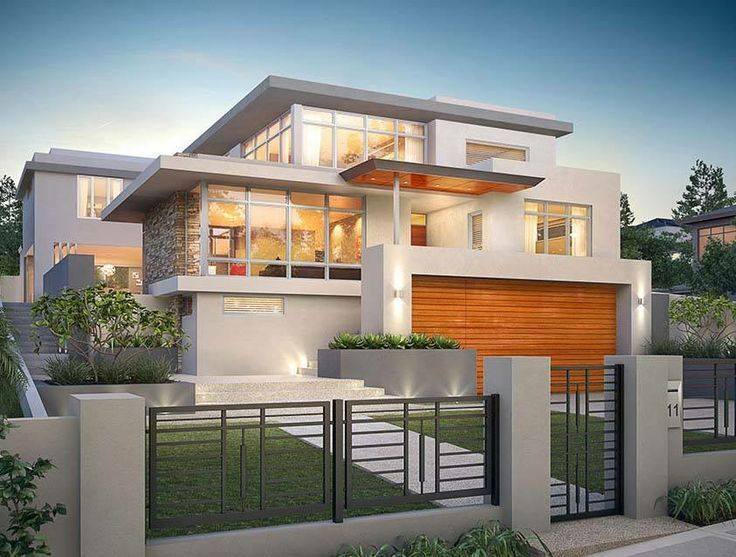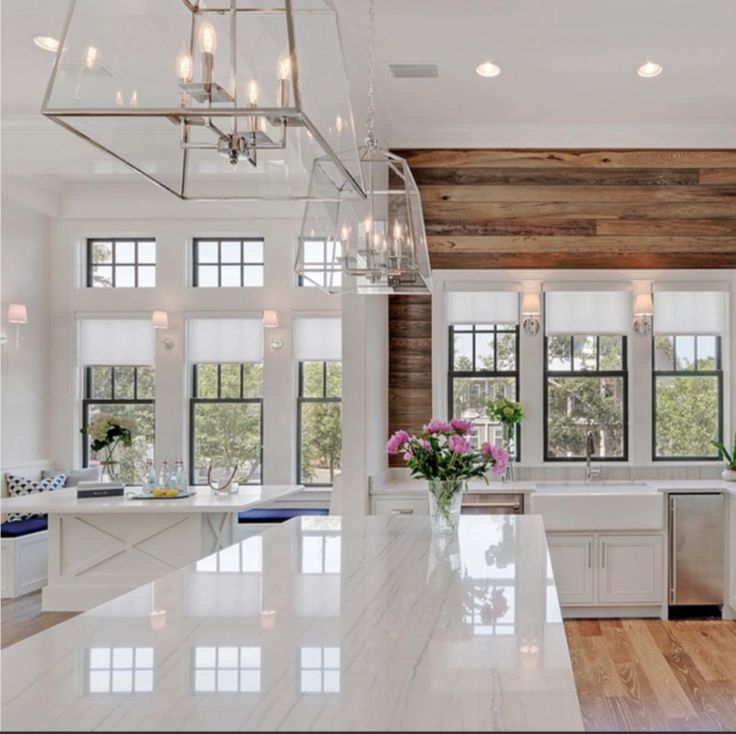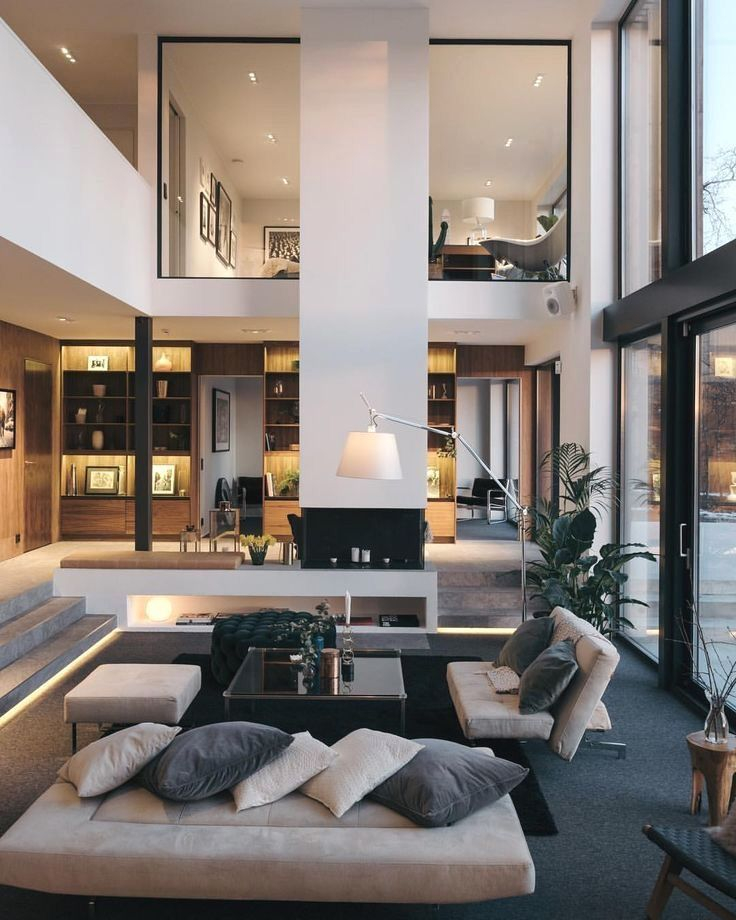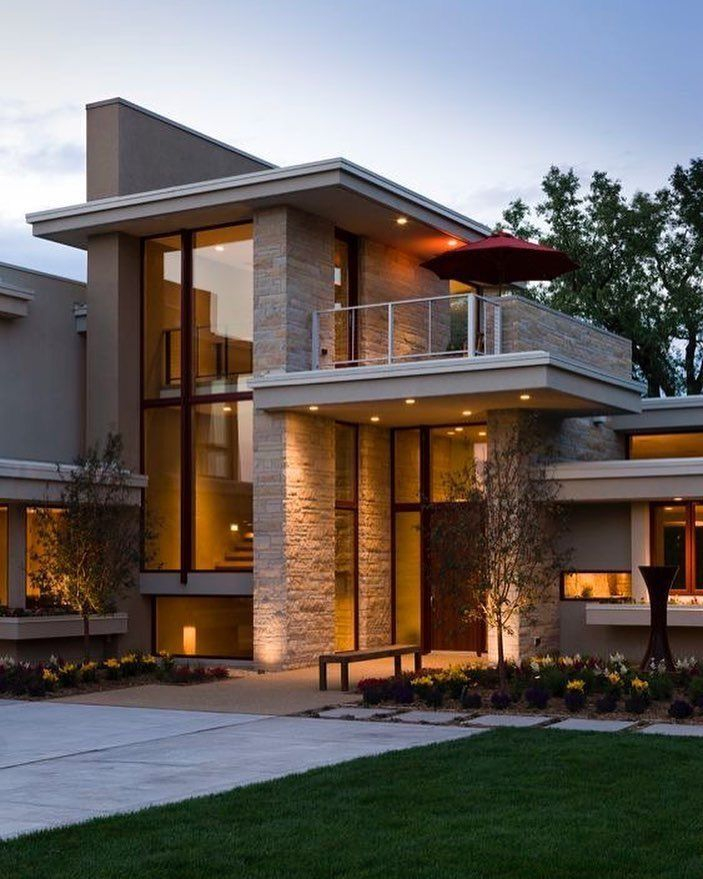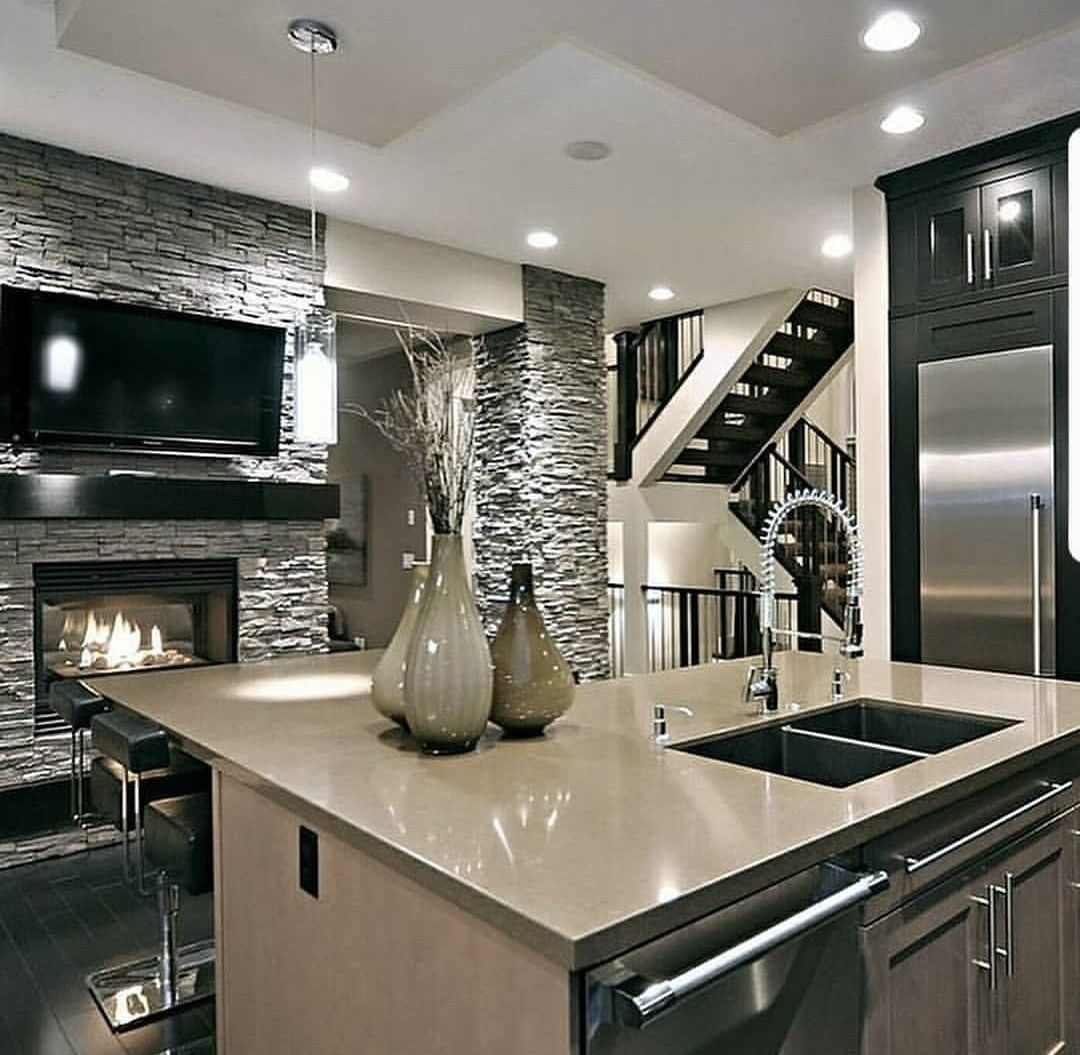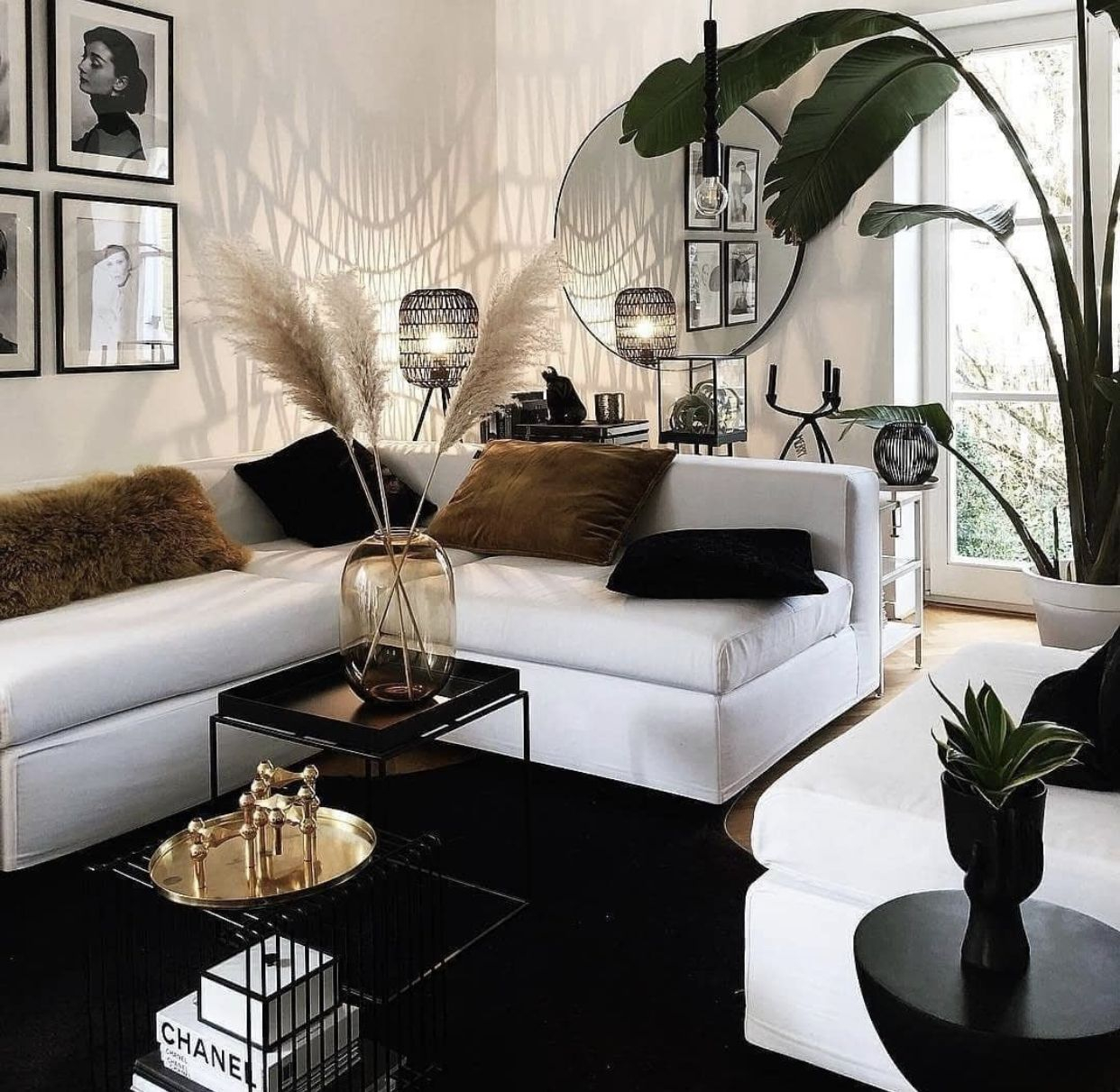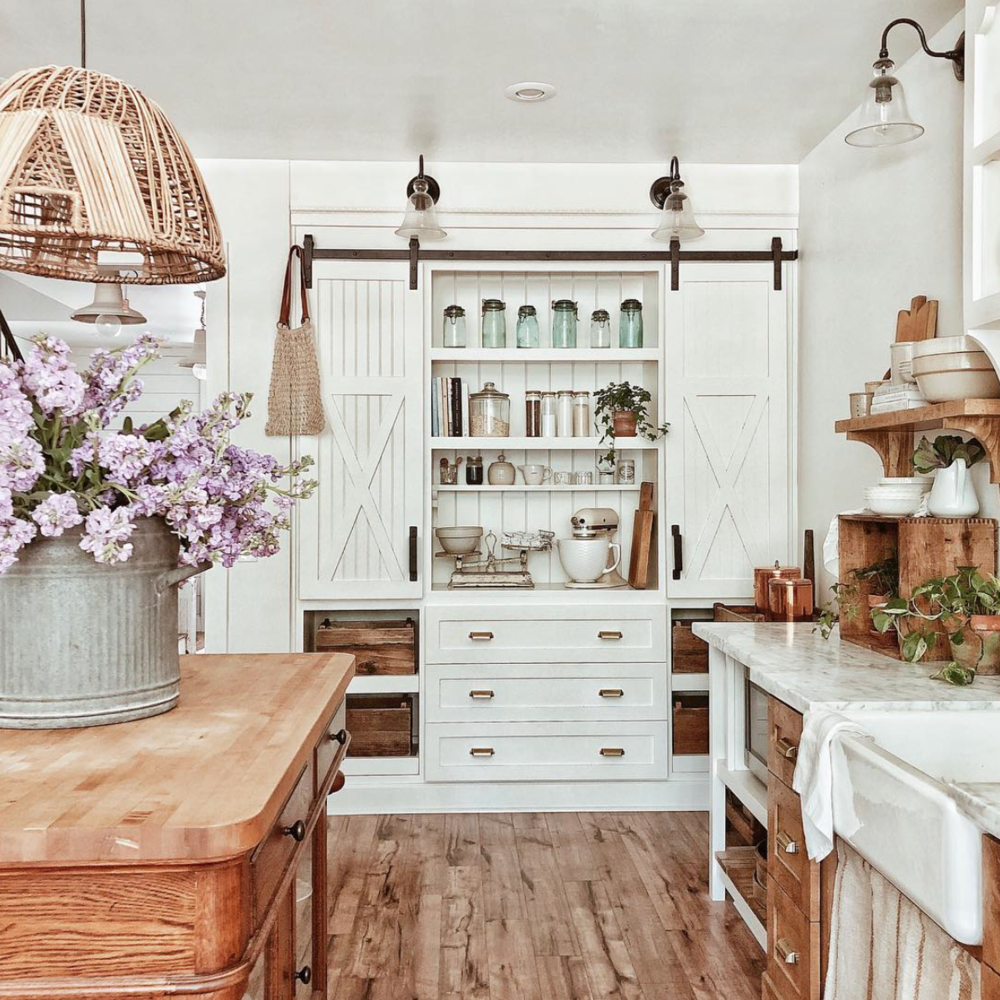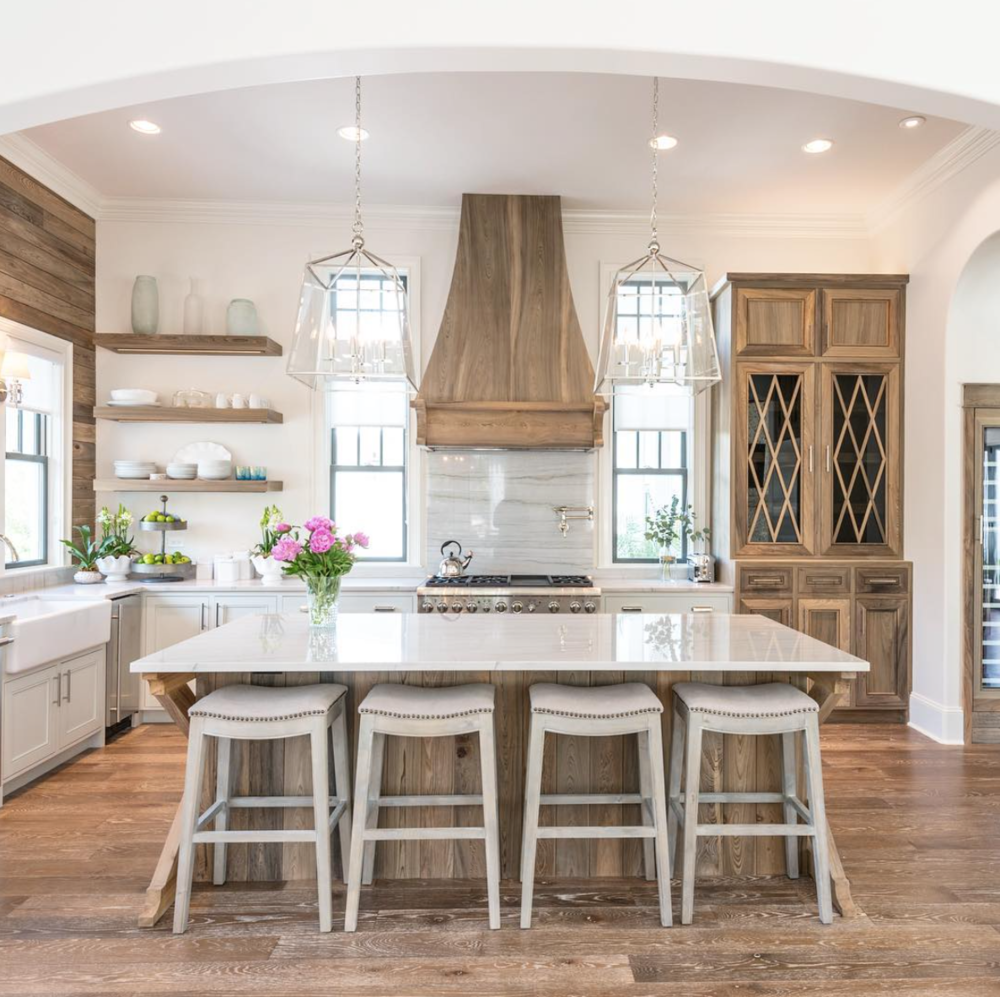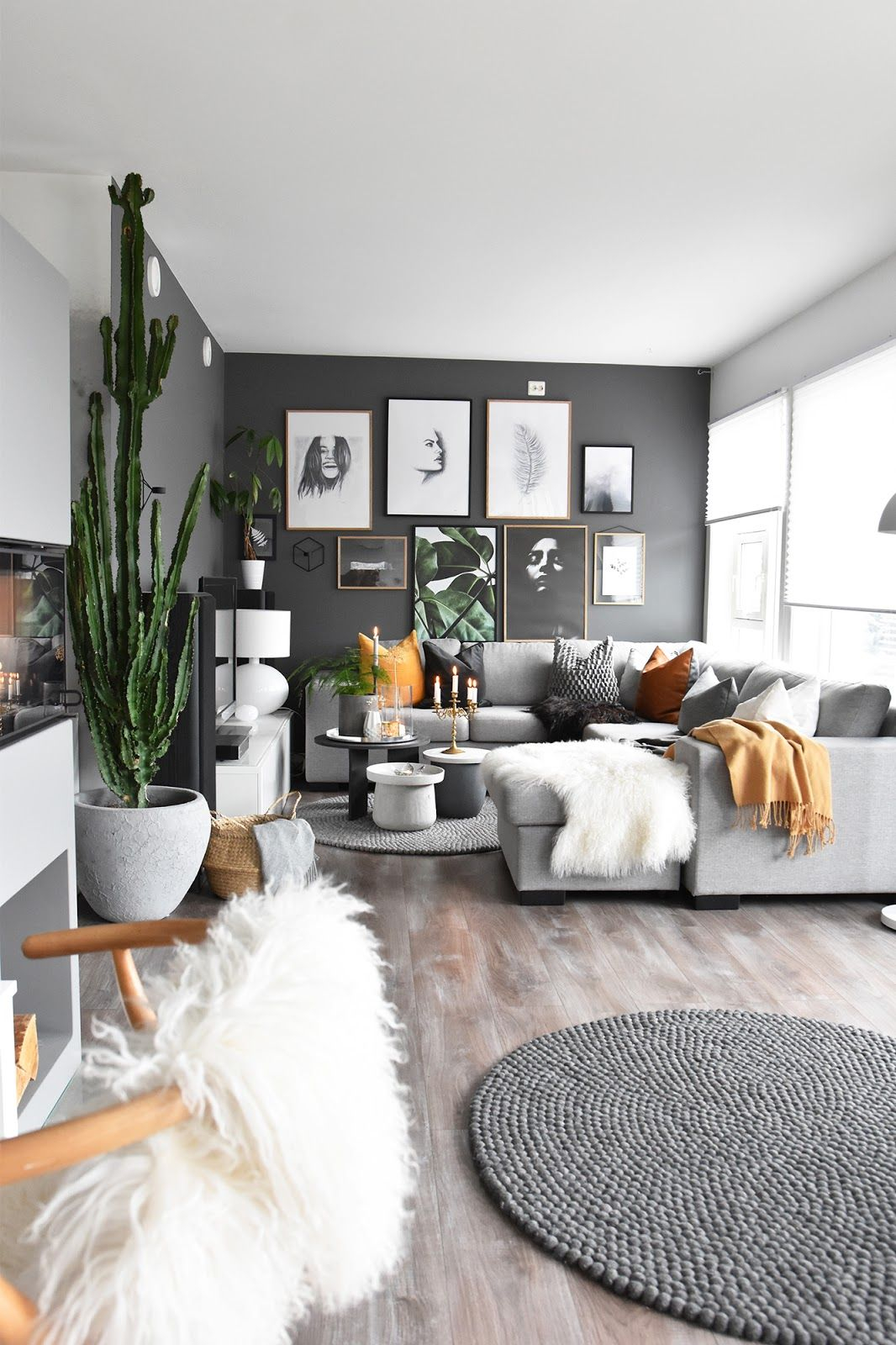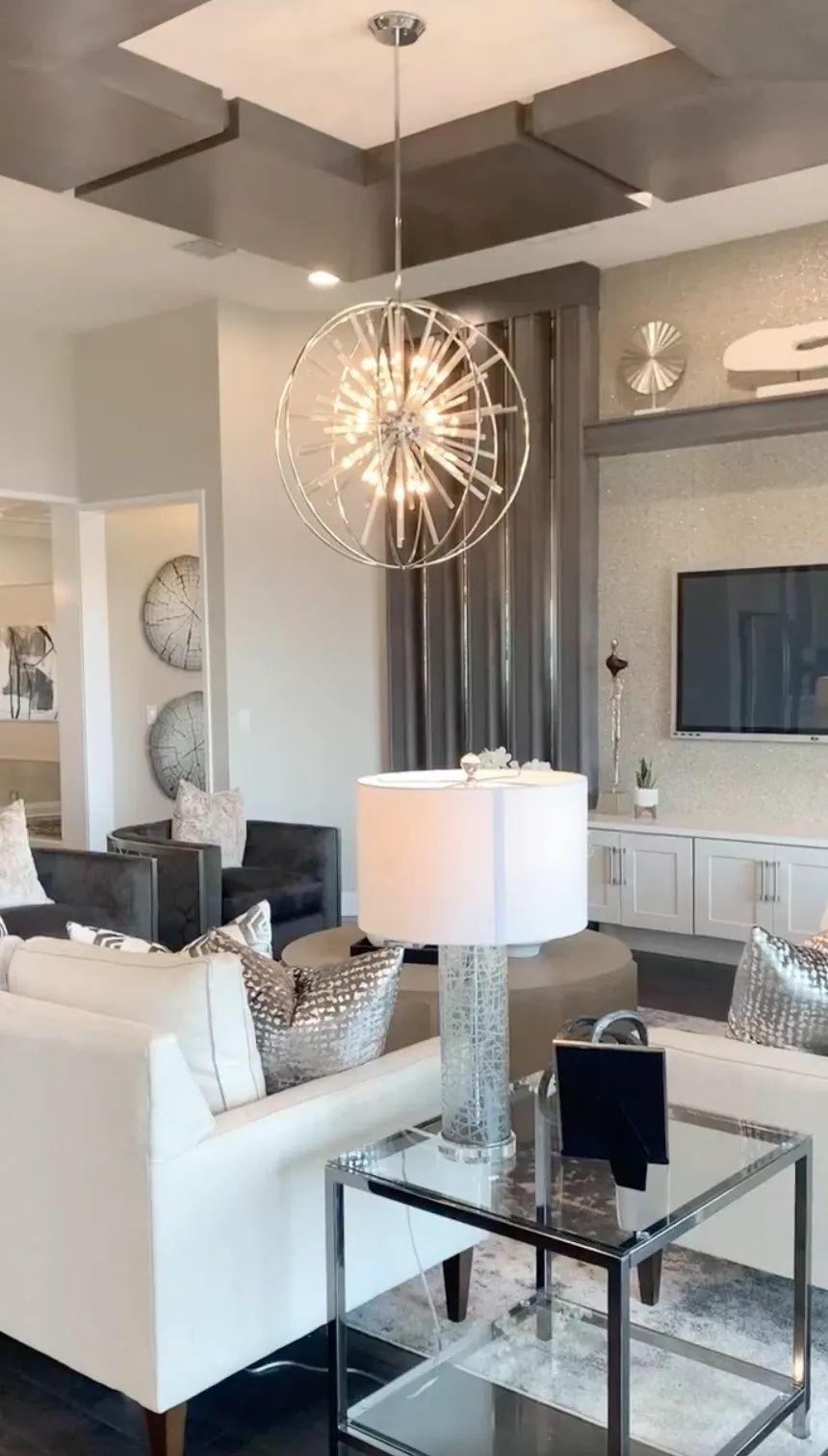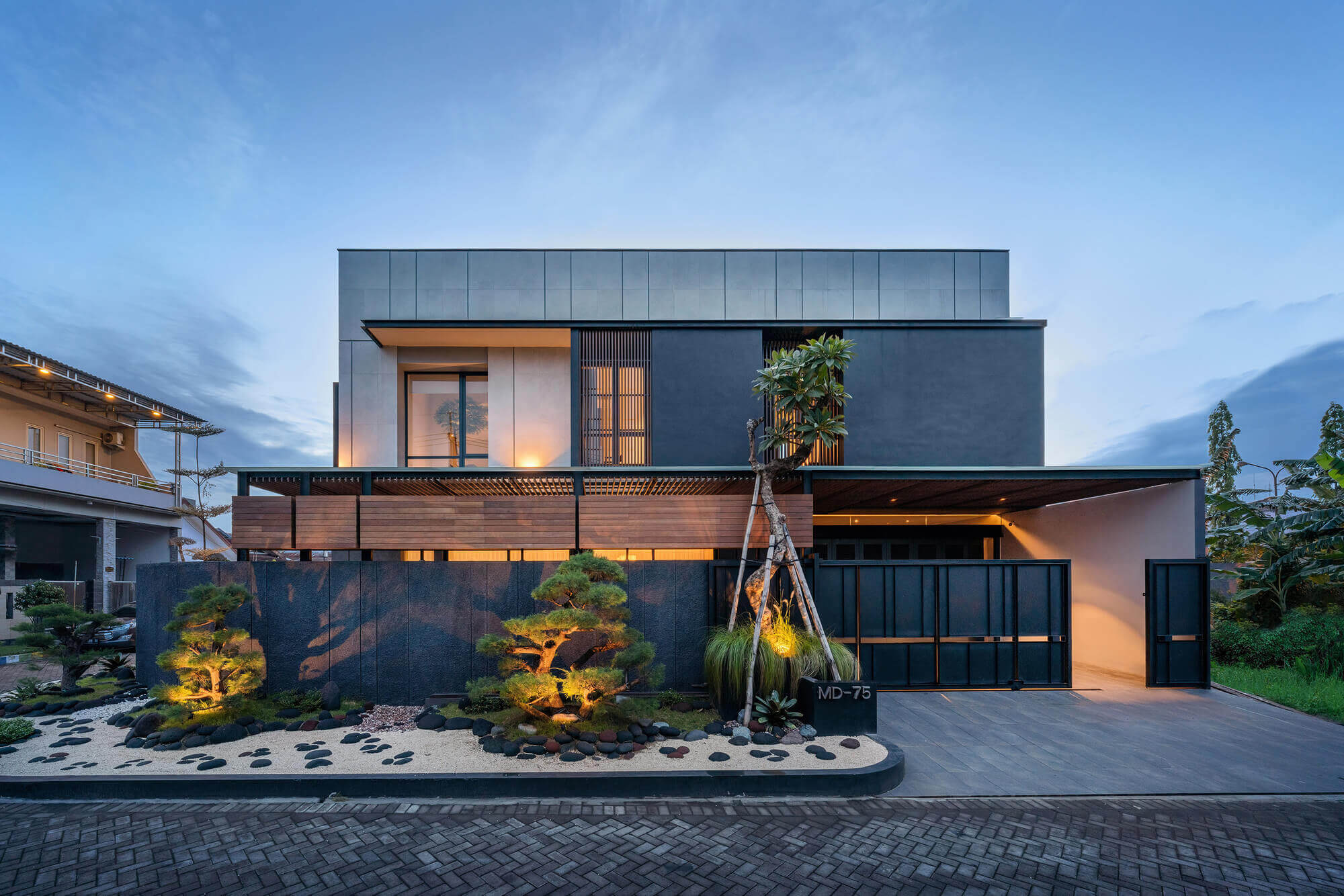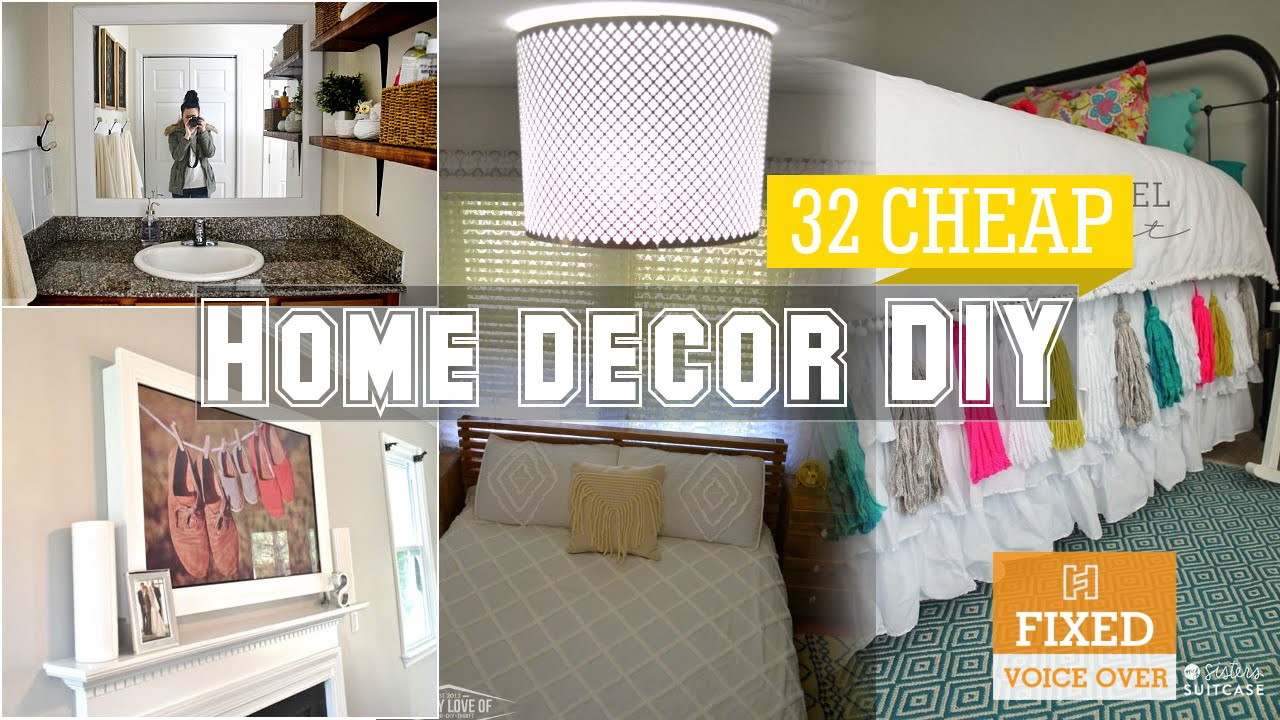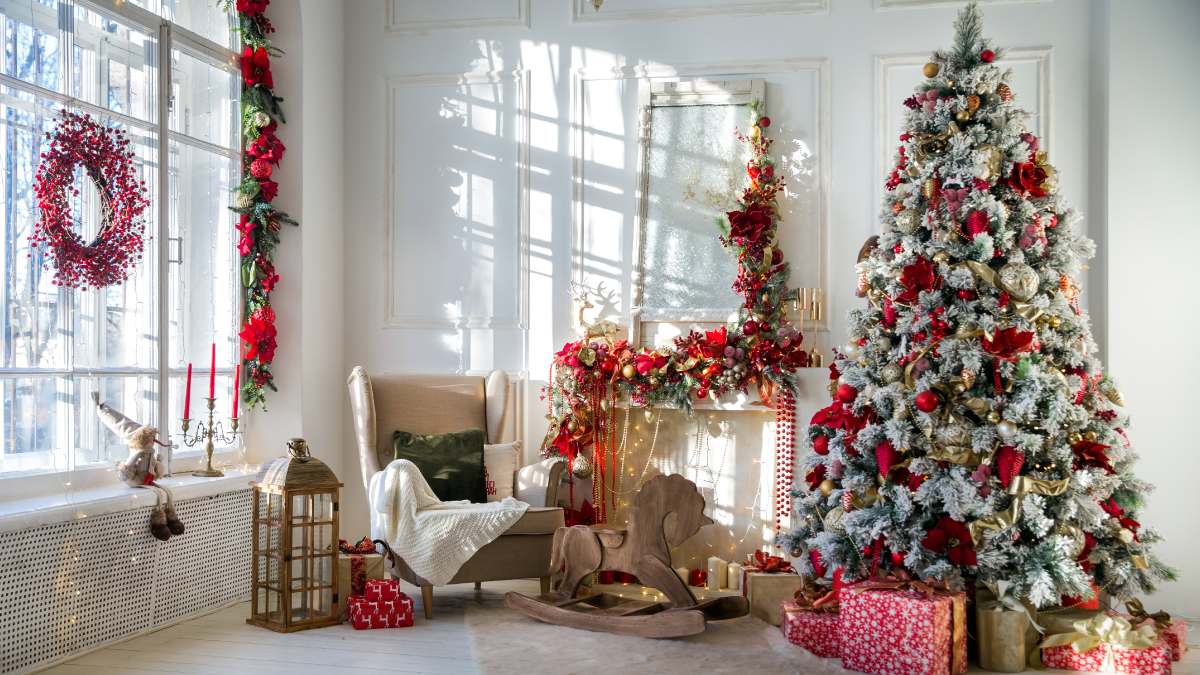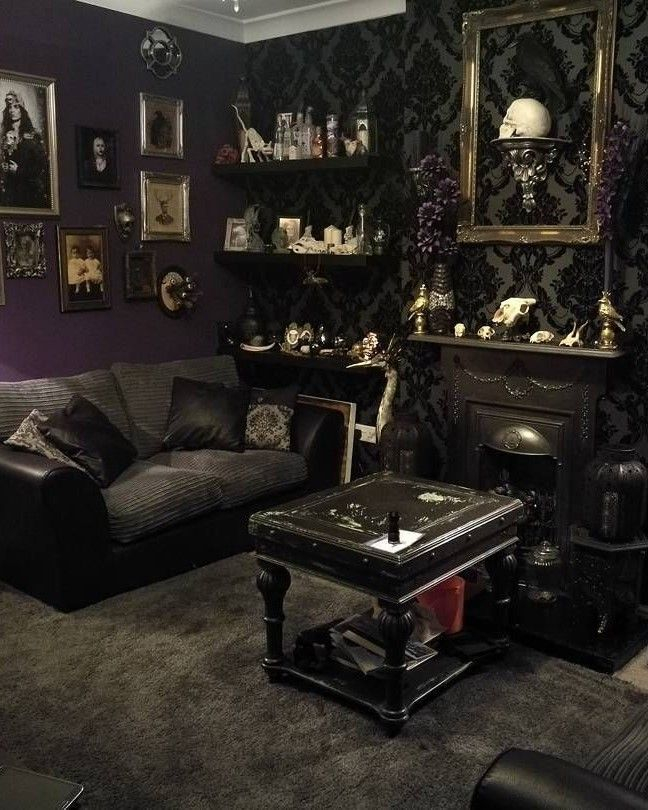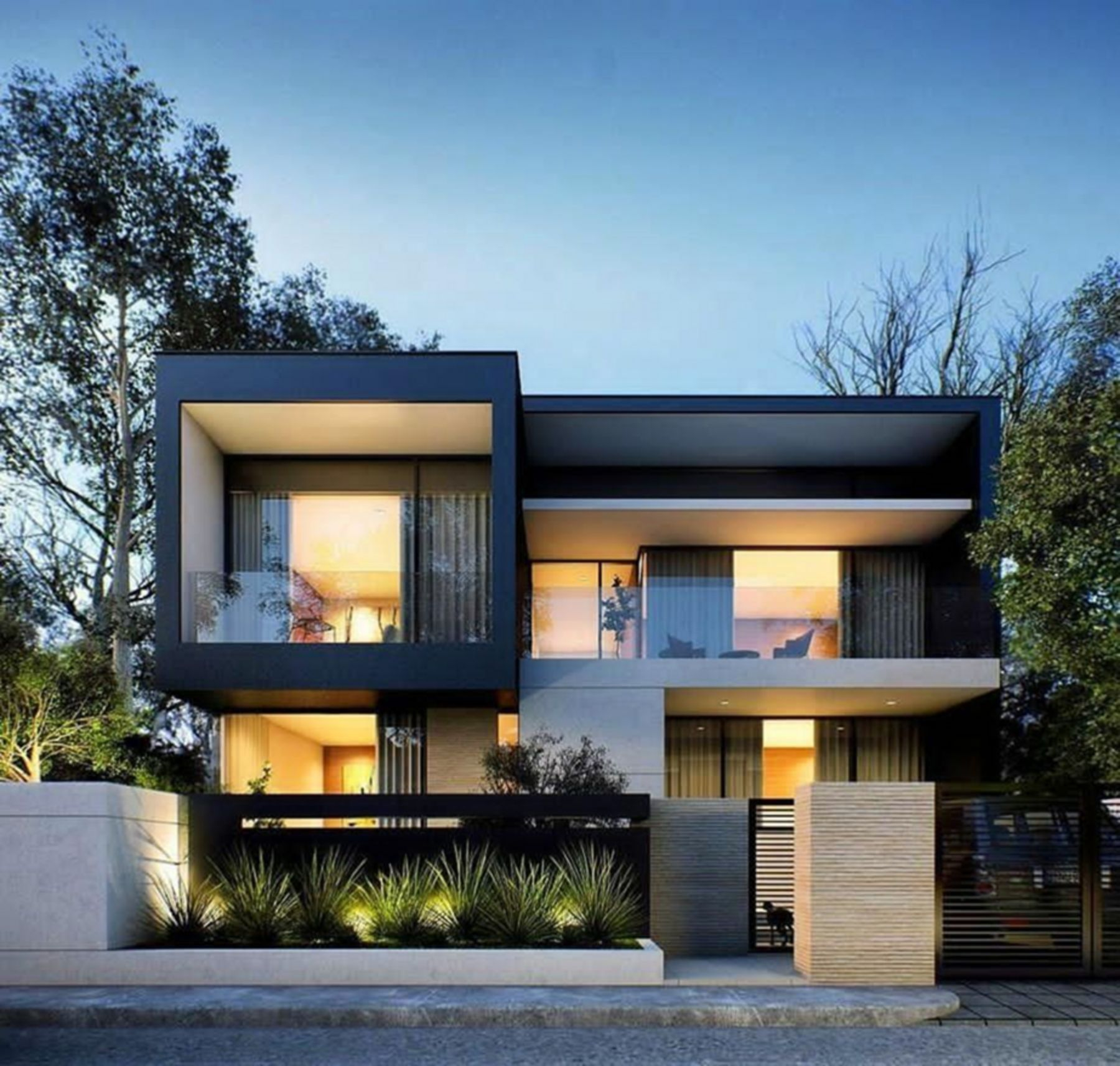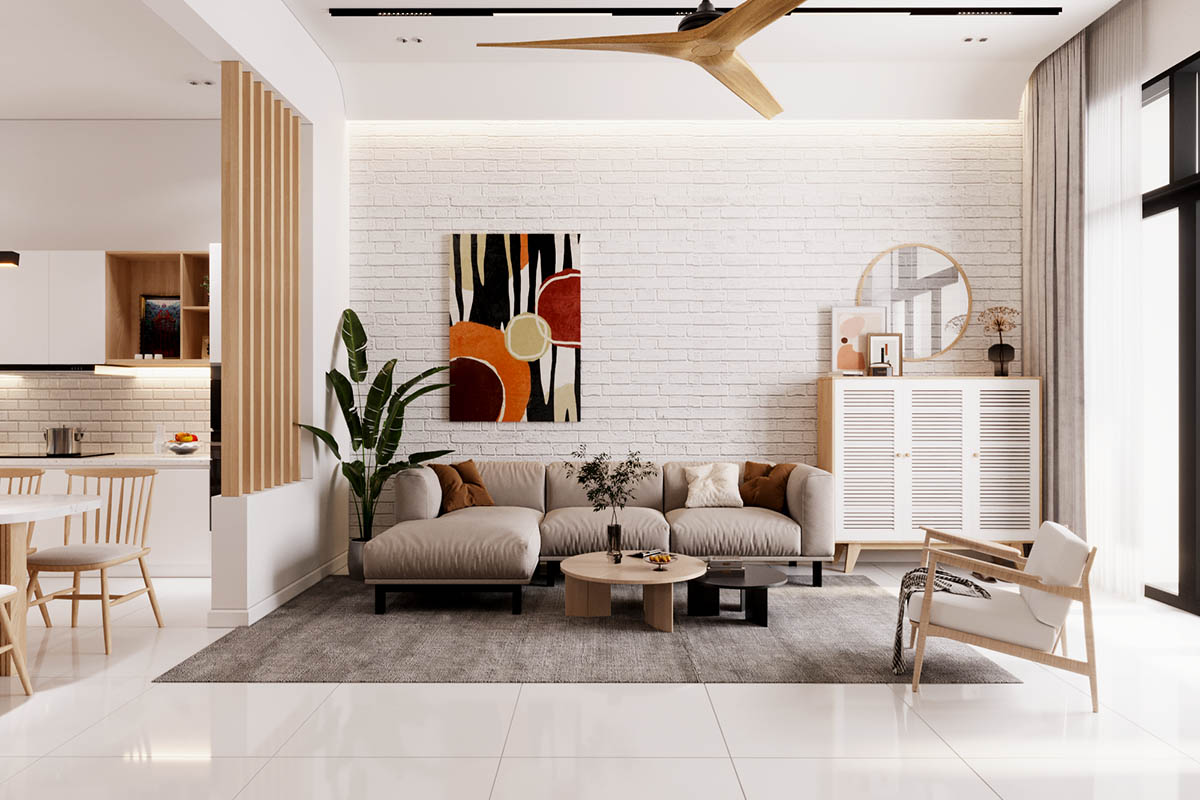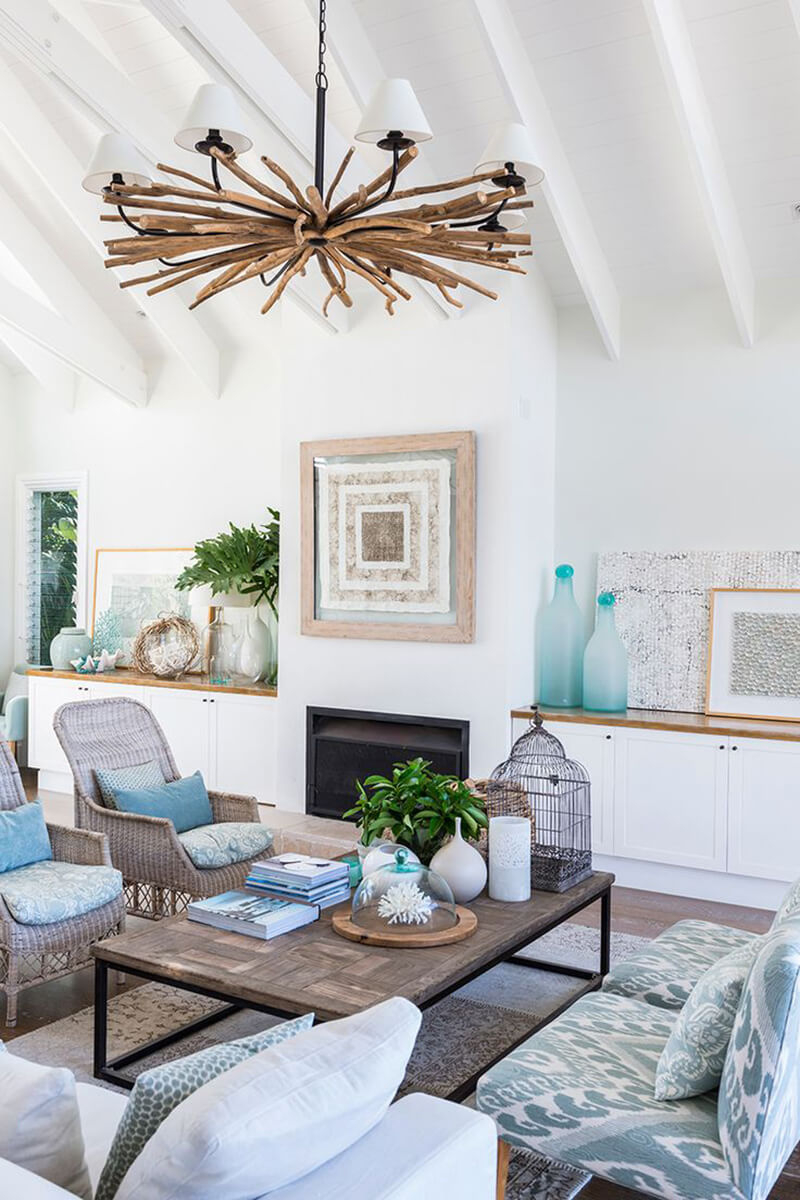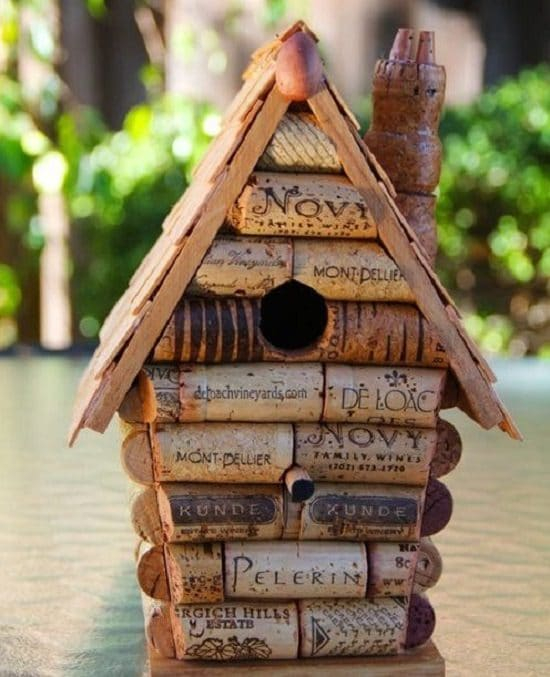Remember flipping through endless magazines, cutting out pictures, and taping them to your wall? It was a way to gather ideas, a physical manifestation of your dream home. But what if you could do all of that, and so much more, with just a few clicks? That’s where Pinterest comes in, and it’s seriously changing the game when it comes to figuring out what you want your living space to look like.
For ages, finding home design inspiration was a bit of a treasure hunt. You’d scour interior design magazines, bookmark websites, and maybe even take blurry phone pictures of stylish rooms you encountered. It was a fragmented process, often leading to a chaotic collection of ideas that were hard to organize and even harder to translate into a cohesive plan. Then came Pinterest, and suddenly, this digital pinboard became the go-to destination for anyone looking to spruce up their home, redecorate a room, or even build a house from scratch. It’s more than just a place to look at pretty pictures; it’s a powerful tool that’s democratizing design and making it accessible to everyone.
The Power of Visual Discovery
Let’s be honest, we’re visual creatures. Pinterest totally gets this. It’s built around images, and these images aren’t just random; they’re meticulously organized into ‘Pins’ and then further grouped into ‘Boards.’ Want to see minimalist living rooms? Type it in. Dreaming of a bohemian bedroom? There’s a board for that. The platform’s algorithms are incredibly smart, learning what you like and serving up more of it. This means you’re not just passively browsing; you’re actively discovering styles, color palettes, furniture pieces, and even specific products you might never have found otherwise. It’s like having a personal stylist for your home, constantly showing you new possibilities.
From Inspiration to Actionable Plans
One of the most revolutionary aspects of Pinterest is how it bridges the gap between dreaming and doing. Many Pins link directly to the source, whether it’s a blog post with detailed DIY instructions, an e-commerce site selling a particular sofa, or an architect’s portfolio. You can go from seeing a stunning kitchen island to finding out exactly where to buy it or how to build something similar. This direct link turns passive viewing into active planning. People create boards for specific rooms – ‘My Dream Kitchen,’ ‘Living Room Makeover,’ ‘Patio Paradise’ – and populate them with everything from paint swatches and furniture ideas to lighting fixtures and decor accents. It’s a tangible, digital blueprint for their aspirations.
Democratizing Design Expertise
Before platforms like Pinterest, getting access to good interior design advice often meant hiring a professional or subscribing to expensive publications. Now, countless interior designers, architects, and DIY enthusiasts share their knowledge freely. You can find tutorials on how to paint a room like a pro, guides on choosing the right rug size, and even tips on styling bookshelves. This abundance of shared expertise empowers individuals to take on projects they might have previously felt were too daunting. It’s leveling the playing field, allowing anyone with an internet connection to tap into a wealth of design wisdom and execute their vision with confidence.
The Collaborative and Social Aspect
While you can certainly create private boards, Pinterest also thrives on its social nature. You can follow other users whose style you admire, see what they’re pinning, and even collaborate on shared boards with friends or family for a joint project. Planning a renovation with a partner. Trying to coordinate decor for a shared apartment. Need input on a tricky design decision. Pinterest makes it simple and fun. This collaborative element adds another layer of engagement, turning what could be a solitary pursuit into a shared experience. It’s like a virtual design studio where you can bounce ideas off others without even being in the same room.
Beyond Aesthetics: Functionality and Lifestyle Fit
Pinterest isn’t just about making things look pretty, though it certainly excels at that. Users are increasingly using it to discover how design can enhance their lifestyle. Think about Pins for ‘small apartment organization,’ ‘home office setup for productivity,’ or ‘kid-friendly living room ideas.’ People are searching for solutions to real-life problems, and Pinterest delivers. You can find clever storage hacks, ergonomic desk setups, and durable, easy-to-clean furniture options. It’s a space where form and function go hand-in-hand, helping people create homes that not only look good but also work well for their daily lives.
The Future of Home Design Exploration
What’s next. It’s hard to say for sure, but it’s clear that Pinterest has fundamentally changed how we approach home design. The ease of discovery, the direct path from inspiration to purchase or action, and the sheer volume of accessible knowledge have empowered millions. As the platform continues to evolve, we can expect even more sophisticated tools for visualization, perhaps integrating augmented reality to see how furniture might look in your actual space. It’s an exciting time to be thinking about your home, and Pinterest is undoubtedly at the forefront of this design revolution, making beautiful, functional living spaces more attainable than ever before.
So, whether you’re embarking on a full-scale renovation or just looking to refresh a single room, Pinterest offers an unparalleled resource. It’s a dynamic, ever-evolving visual library that puts the power of design inspiration directly into your hands. It’s made the once-intimidating world of interior design accessible, enjoyable, and incredibly effective. Gone are the days of scattered magazine clippings; welcome to the era of curated, actionable, and inspiring digital design journeys. Your dream home is just a Pin away.

